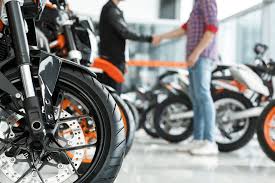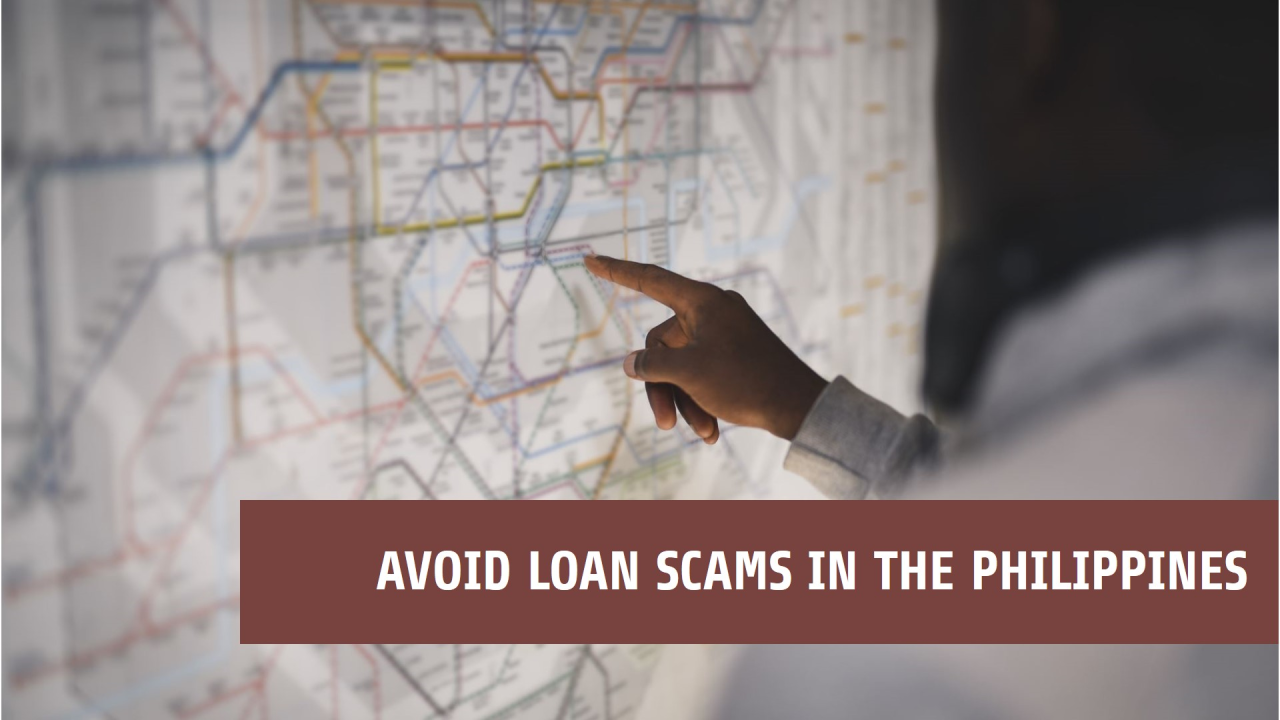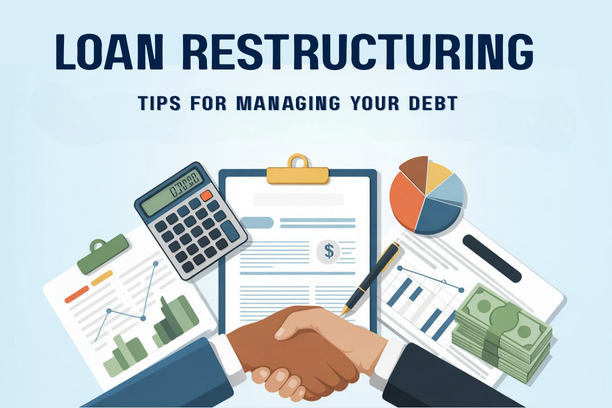Buying a motorcycle is an exciting prospect, offering a convenient and affordable way to navigate the bustling roads of the Philippines. For many, a motorcycle loan is the key to making this purchase a reality. However, unlike a traditional car loan, financing a motorcycle comes with a unique set of options, each with its own pros and cons. Understanding these loan options for purchasing a motorcycle is crucial for making a financially sound decision. This guide will walk you through the most common financing methods available, helping you choose the one that best suits your budget and lifestyle.
1. In-House Financing (Dealership Financing)
This is by far the most popular and accessible method for financing a motorcycle in the Philippines. In-house financing is offered directly by the motorcycle dealership itself or by their partner financing companies.
How It Works
With in-house financing, you apply for the loan directly at the dealership where you are purchasing the motorcycle. The dealer’s financing arm assesses your application, and if approved, you pay a down payment and sign a loan contract. The loan is then paid to the dealership in monthly installments, and the motorcycle serves as the collateral.
Pros and Cons
- Pros:
- Fast and Easy Approval: The application process is typically very quick and simple, with approval often taking just a few hours or a day. The requirements are generally less strict compared to banks.
- Low Down Payment: Dealerships frequently offer promotional down payment options, sometimes as low as 5% or even zero, making it very easy for first-time buyers to get started.
- Less Documentation: You usually only need to provide two valid IDs, proof of billing, and proof of income.
- Cons:
- Higher Interest Rates: The biggest drawback of in-house financing is the significantly higher interest rates. The monthly add-on rates can range from 1.5% to as high as 2.8%, which translates to a much higher total cost over the loan term.
- Limited Unit Choices: You can only avail of this financing for motorcycles available at the specific dealership, limiting your choices to their current inventory.
- Shorter Loan Terms: The loan terms are often shorter, typically ranging from 1 to 3 years, which can result in higher monthly payments.
Requirements for In-House Financing
While the requirements are simpler than a bank loan, you will still need to prepare the following documents:
- A completely filled-out application form.
- A photocopy of at least two valid government-issued IDs.
- Proof of Income (e.g., latest payslips, Certificate of Employment, or a business permit for self-employed).
- Proof of Billing (e.g., Meralco or water bill).
2. Bank Motorcycle Loan (Auto Loan)
For those who prioritize lower interest rates and have a strong financial standing, a bank motorcycle loan is often the better option. Major Philippine banks like BPI and Security Bank offer this type of loan, sometimes as a specialized “Big Bike” loan or as a general auto loan that includes motorcycles.

How It Works
A bank loan is a traditional installment loan where you apply directly to a bank. The bank then lends you the money to purchase the motorcycle from a dealership. The bank will place a lien on the motorcycle, which serves as the collateral for the loan.
Pros and Cons
- Pros:
- Lower Interest Rates: Banks generally offer much lower interest rates compared to in-house financing. This can save you a substantial amount of money over the loan’s term.
- Flexible Loan Terms: Banks offer longer loan terms, often up to 3 to 5 years, which can result in more manageable and affordable monthly payments.
- Higher Loanable Amount: Banks may offer a higher loanable amount, making it easier to finance a more expensive or high-end motorcycle.
- Cons:
- Stricter Requirements: Bank loans have more stringent eligibility criteria and require more extensive documentation, including a stable source of income, a good credit history, and a solid financial profile.
- Longer Approval Process: The application and approval process can take longer, from a few days to a week or more, as the bank needs to conduct a thorough credit check and document verification.
- Higher Down Payment: Banks typically require a higher minimum down payment, often around 20% to 30% of the motorcycle’s price.
Requirements for a Bank Motorcycle Loan
The requirements for a bank loan are more demanding, so you should prepare the following documents:
- A fully accomplished loan application form.
- A photocopy of at least two valid government-issued IDs.
- Latest Income Tax Return (ITR) or BIR Form 2316.
- Certificate of Employment with salary details (for employed applicants).
- Latest six months’ bank statements and business registration (for self-employed applicants).
- Proof of billing.
- Pro-forma invoice or a quotation from the dealer.
3. Personal Loan
A personal loan is an unsecured loan, which means it doesn’t require any collateral. You can borrow a lump sum of money and use it for any purpose, including buying a motorcycle.
How It Works
You apply for a personal loan from a bank or a lending institution, and if approved, the money is disbursed directly to you. You then use that cash to buy the motorcycle from a dealership or a private seller.
Pros and Cons
- Pros:
- Flexibility: You have complete freedom to choose any motorcycle you want, from any seller (dealership or private), as the loan is not tied to the vehicle.
- No Collateral: The motorcycle is not repossessed if you default on the loan, as it is an unsecured loan.
- Fast Approval: Some online lenders and banks offer very fast approval times, sometimes within a day.
- Cons:
- Higher Interest Rates: As a higher-risk, unsecured loan, personal loans have significantly higher interest rates than secured motorcycle loans from banks.
- Lower Loanable Amount: The maximum loanable amount for a personal loan is often lower than a secured loan, which may not be enough to purchase a high-end or big bike.
- Stricter Requirements: Similar to bank loans, personal loans require a good credit score and stable income to be approved.
Requirements for a Personal Loan
The documentary requirements are similar to those for a bank auto loan, focusing on proving your financial capacity and stability.
Summary: Which Loan Option is Best for You?
Before you commit to any loan, it is highly recommended that you compare interest rates, loan terms, and total fees from different lenders. A slightly lower interest rate or a longer loan term can save you thousands of pesos over the life of the loan. By carefully considering all your loan options for purchasing a motorcycle, you can make a choice that not only gets you on the road but also keeps your finances in good shape.













